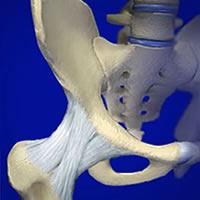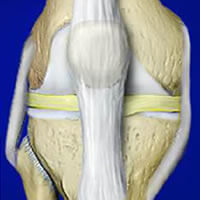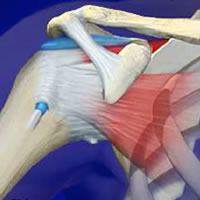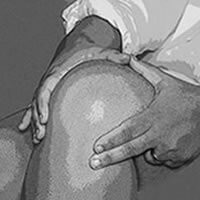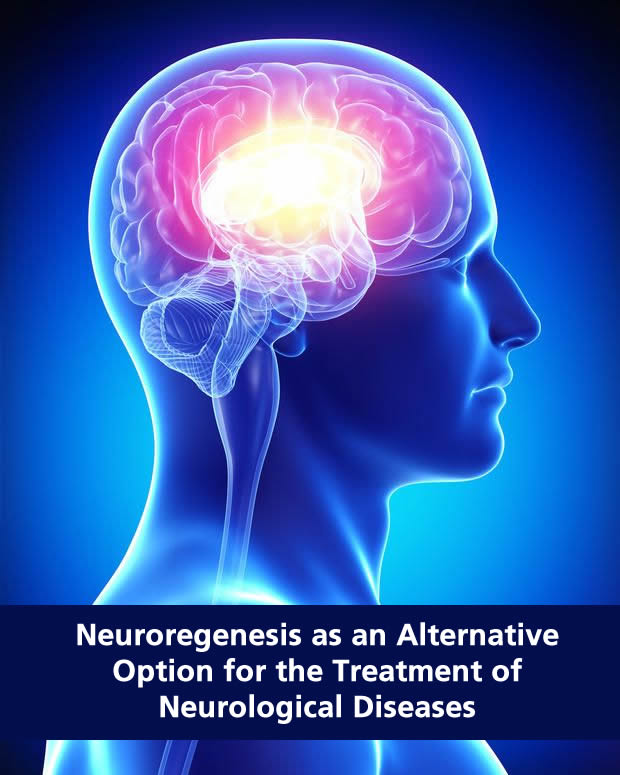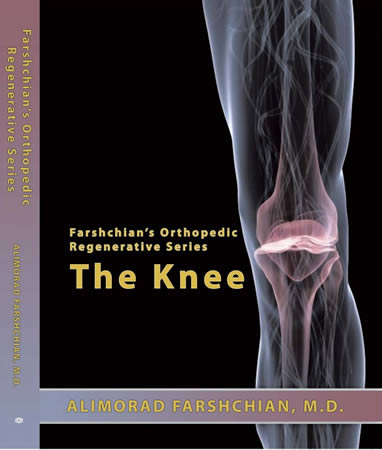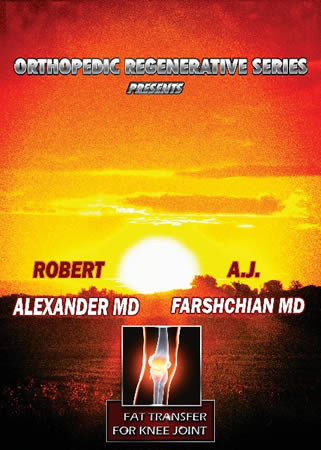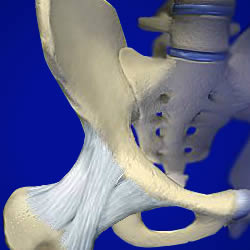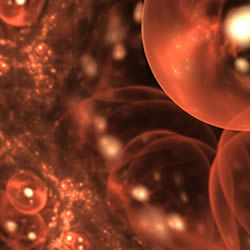Osteoarthritis of Cervical spine, Neck Pain after a car accident
- Home
- Case Studies
- Osteoarthritis of Cervical spine, Neck Pain after a car accident

Osteoarthritis of Cervical spine, Neck Pain after a car accident
55 year old male, with history of neck pain for 20 years presents to the office for treatment. Pain started a week after his car accident which caused a whiplash, Patient has a history of fusion at level of C4-C5 ( 4th and 5th Cervical Vertebrae ). Patient describes having pain almost every day, pain radiates to the right shoulder he feels numbness at and tingling in his right thumb as well as right index finger. looking up and to the sides make him hurt worse. Patient says he can not stand for long period of times and has pain when he walks a lot . Pain exaggerate when he is under stress (when he is quarreling with the wife) and subsides when he is having a good time (being intimate with his wife). Patient states "some days it feels like the whole world is on my shoulders". His past medical history is otherwise unremarkable. He is very healthy and athletic, He only takes otc Motrin for his pain, he does not smoke or drink alcohol. There is no family history of arthritis.
Discussion: All the interconnected structures that give your neck its incredible range of motion are subject to the wear-and-tear damage of arthritis and the overextension injuries of whiplash. Neck pain may result from abnormalities in the soft tissues - the muscles, ligaments, and nerves - as well as in bones and joints of the spine. The most common causes of neck pain are soft tissue abnormalities due to injury or prolonged wear and tear. In rare cases, infection or tumors may cause neck pain. In some people, neck problems may be the source of pain in the upper back, shoulders or arms. Degenerative diseases that cause neck pain include osteoarthritis and rheumatoid arthritis. Osteoarthritis usually occurs in older people as a result of wear of the joints between the bones in the neck. Rheumatoid arthritis can cause destruction of the joints of the neck. Both of these major types of arthritis can cause stiffness and pain. Cervical disk degeneration also can cause neck pain. The disk acts as a shock absorber between the bones in the neck. In cervical disk degeneration (typically age 40 onwards), the normal gelatin-like center of the disk degenerates and the space between the vertebrae narrows. As the disk space narrows, added stress is applied to the joints of the spine causing further wear and degenerative disease. The cervical disk may also protrude and cause pressure on the spinal cord or nerve roots when the rim of the disk weakens. This is known as a herniated cervical disk. Because the neck is so flexible and because it supports the head, it is extremely vulnerable to injury. Motor vehicle or diving accidents, contact sports, and falls may result in neck injury. The regular use of safety belts in motor vehicles can help to prevent or minimize injury. A "rear end" automobile collision may result in hyper extension, a backward motion of the neck beyond normal limits, or hyperflexion, a forward motion of the neck beyond normal limits. Most common injuries are to the soft tissues, i.e., muscles and ligaments. Severe injury with fracture or dislocation of the neck may damage the spinal cord and cause paralysis . Much less common causes of neck pain include tumors, infections, or congenital abnormalities of the vertebrae. There is also the emotional part, I mean why would the pain get worse with stress and get better with less stress, this must be emphasized when treating patient with neck pain other wise the job is not done. Why the tingling of the fingers? this is because of nerve conduction and dermatomes. Dermatomes are located on the anterior body and the posterior body and are consecutive in the neck and torso regions. Development of the peripheral nervous system will produce a pattern of skin innervated by cutaneous neurons of a certain spinal or cranial nerves. These are called dermatomes and represent specific regions of nerve reception of sensory impulses. The pattern of the dermatome is of major clinical significance when a physician desires to treat a particular portion of the body. For instance the gentleman discussed in the above case having numbness in the index finger as well as his thumb (refer to the picture) may need to be treated specifically at the level of C6-C7.
Case Study Date: 4/10/2005







